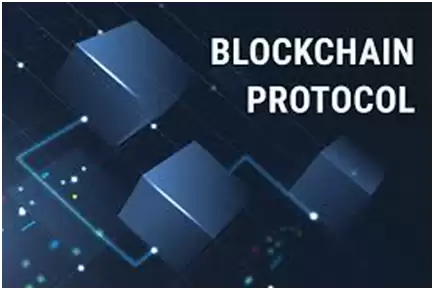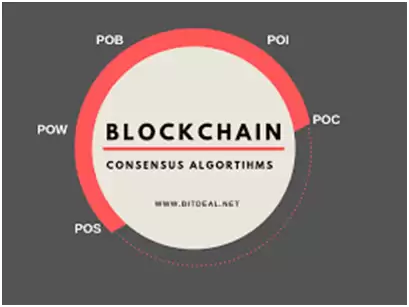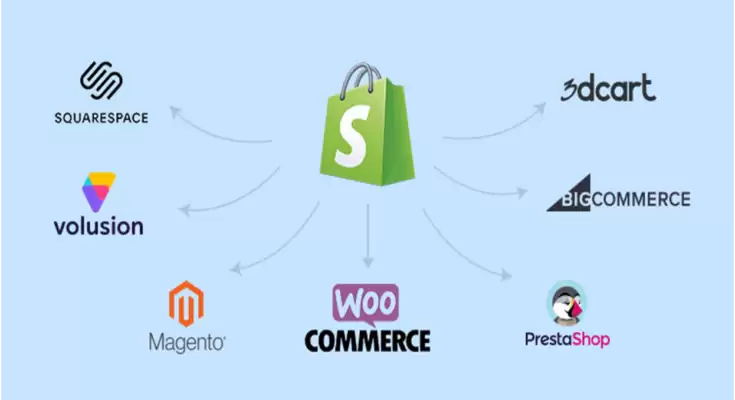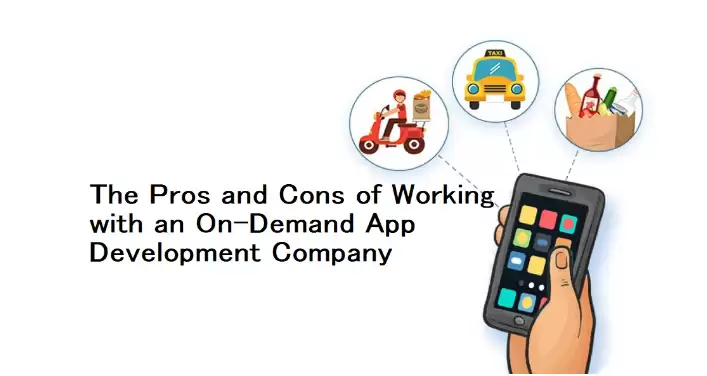What are Blockchain Protocols?
As per Merriam Webster, blockchain Protocols alludes to “an open disseminated record that permits you to report trades between parties rapidly, safely, and dependably.” It is possible to break the definition into more modest segments to make it more obvious.
Assuming blockchains are designated “open,” the term by and large alludes to the open source nature of the base code that is the groundwork of most blockchain conventions. There is the chance of building public and confidential chains utilising open source programming. We will discuss the distinctions later on.
The expression “dispersed record” alludes to the way that the record wherein exchanges are put away is shared by an assortment of blockchain clients. This implies that it isn’t controlled or claimed by any single substance. Completely constrained by a solitary organisation.
The main components in blockchain Protocols include:
Disseminated record protocols
Everybody in the organisation approaches the disseminated record and its changeless records of exchanges. Exchanges are just recorded once through this common record, disposing of copy work expected by conventional business organisations.
Changeless records
An individual can’t change or modify the exchange after it has been kept in the normal record. On the off chance that the exchange record has a blunder, a subsequent exchange is expected to address the mistake and the two exchanges will be open.
Savvy contracts
To accelerate exchanges, a bunch of rules, otherwise called savvy contracts, are recorded on the blockchain and afterward run on a PC. Brilliant agreements can set conditions for the exchange of bonds to enterprises and the terms of movement protection to be paid, among others.
For what reason do we really want various sorts of blockchain?
In the event that you know that blockchain is a sort of Conveyed Record Framework (DLT), and comprehend it, then plainly its fundamental design is to send data in a solid way. For instance, in Bitcoin, transmission is a monetary exchange. That is when individuals guarantee to have Bitcoin yet own no advanced documents like they have private recordings on their cell phone.
Subsequently, this kind of organisation gives a protected stage without money related borders for the overall population. However, this is only one illustration of a blockchain based application.
There are two principal sorts of blockchains: public and private blockchains. In any case, there are numerous varieties, for example, consortium and mixture blockchains. Before we plunge into the different kinds of blockchains, let us initially comprehend what highlights they have.

Presently we should investigate the four distinct kinds of blockchains accessible.
Private blockchain
Private blockchains are one-way or consent based blockchains that work just in a shut framework. Private blockchains are commonly utilised inside an association or organisation where just chosen individuals can be a piece of a blockchain network. The degree of safety and approvals and access consents is the obligation of the association that controls it. Thus, Dapps Development Company private blockchains have similar capacities as open blockchains, yet are more modest and less prohibitive organisations. Private blockchain organisations can be utilised for casting a ballot and store network the board. Computerised character, resource possession, and so forth.
Half and half blockchain
Half and half blockchains are a mix of public and private blockchains. It joins the upsides of the two sorts of blockchains. It is a confidential framework in view of consents and an open framework without authorizations. With a cross breed organisation, clients can conclude who approaches the information put away on the blockchain.
Just a little piece of the blockchain records or information will approach the public blockchain, and the rest will stay private inside the safe organisation. The cross breed Blockchain framework permits clients to be adaptable and join private blockchains and different public blockchains.
Public blockchain
The public blockchain is an open, unhindered, and permissionless conveyed record. Anybody with web access can join the blockchain stage to be an approved hub and join the blockchain networks.
A hub or client that is an individual from the public blockchain can access at various times records, check exchanges or make verification of work for an info block, and perform mining. The most fundamental utilisation of public blockchains is to mine and exchange digital forms of money.
Blockchain Consortium
A blockchain consortium has various associations directing a blockchain. This is as opposed to what we have found in a private blockchain constrained by an association. Different associations can be the hub of this sort of blockchain. They can trade data or perform mining. Blockchains utilised in consortiums are frequently utilised by states, banks, different offices, and so forth.
BLOCKCHAIN CONSENSUS ALGORITHMS
We realise that Blockchain is a dispersed decentralised network that gives permanence, protection, security, and straightforwardness. There is no focal power present to approve and confirm exchanges, be that as it may, Defi Development Company each exchange on the Blockchain is thought of as totally secure and checked . This is conceivable simply because of the presence of the agreement convention, which is a centrepiece of any Blockchain organisation.
An agreement calculation is a strategy by which all companions in the Blockchain network come to a typical settlement on the present status of the disseminated record. Along these lines, CONSENSUS ALGORITHMS accomplish unwavering quality in the Blockchain organisation and lay out trust between obscure friends in a conveyed registering climate.
Basically, the agreement convention guarantees that each new block that is added to the Blockchain is the main variant of reality that is settled upon by every one of the hubs in the Blockchain.
The Blockchain agreement convention comprises a few explicit objectives like agreeing, joint effort, collaboration, equivalent freedoms for every hub, and required cooperation of every hub in the agreement cycle. In this way, an agreement calculation means to find a typical understanding that is gainful for the whole organisation.

Confirmation of Work (PoW) –
This agreement calculation is utilised to choose a digger for the up and coming age of blocks. Bitcoin utilises this PoW agreement calculation. The centre thought behind this calculation is to handily settle a complex numerical riddle and give an answer. This number-related puzzle requires a ton of computational power, and subsequently the hub that settles the riddle as quickly as time permits can mine the following block.
Confirmation of Stake (PoS) –
This is the most widely recognized option in contrast to PoW. Ethereum has moved from PoW agreement to PoS. In this sort of agreement calculation, rather than putting resources into costly equipment to tackle a perplexing riddle, validators put resources into framework coins by securing a portion of their coins as stake. From that point onward, all validators will begin approving blocks.
Validators will approve blocks by putting down a bet assuming they find a block that they think can be added to the string. In view of the genuine blocks added on the Blockchain, all validators get a prize relative to their stakes and their stake increments in like manner.
Verification of Consume (PoB):
With PoB, rather than putting resources into costly equipment hardware, validators ‘consume’ coins by sending them to a location from where they are unrecoverable. By sending the coins to an inaccessible location, validators gain the honour to mine in the framework in view of an irregular determination process. Thus, consuming coins here implies that the validators have a drawn out responsibility in return for their transient misfortune.
Contingent upon how the PoB is executed, excavators can consume the local cash of the Blockchain application or the money of an elective string, for example, bitcoin. The more coins you consume, the higher your possibilities of being chosen to mine the following block.
Confirmation of Limit:
In the Confirmation of Limit agreement, validators should contribute their hard drive space as opposed to putting resources into costly equipment or consuming coins. The more hard drive space validators have, the higher their possibilities of being chosen to mine the following block and get the block reward.
Verification of Slipped by Time:
Writer is one of the most attractive CONSENSUS ALGORITHMS that picks the following block utilising quite reasonable means. It is generally utilised in permissioned Blockchain organisations. In this calculation, each validator in the organisation has the chance to make its own block. All hubs do this by holding up an irregular measure of time, adding a proof of their stand by to the block.
The made blocks are communicated to the organisation for others to consider. The victor is the validator that has the least clock esteem in the test part. The triumphant validator hub’s block is added to the Blockchain. There are unexpected really takes a look at in the calculation to keep hubs from continuously winning the political decision, to keep hubs from producing a lower clock esteem.











